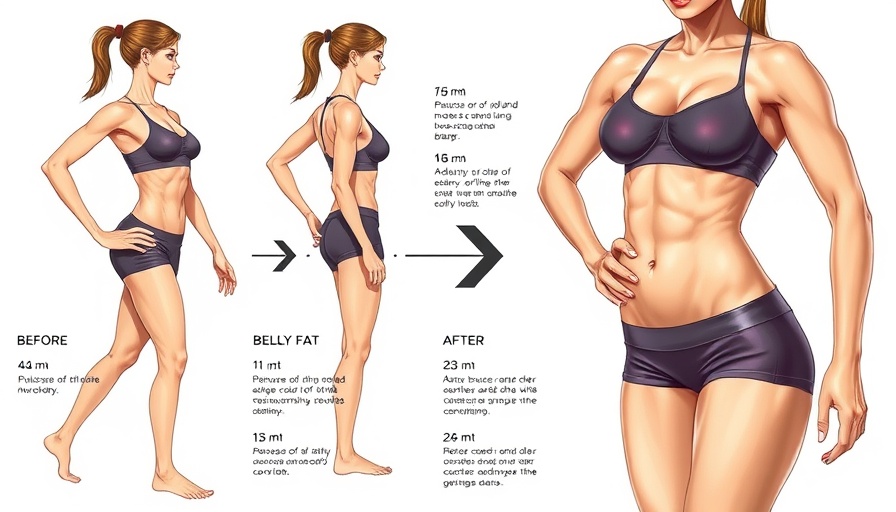
Understanding the Myth: More Volume Equals More Gains?
In the world of fitness, a common belief lingers: more training volume will inevitably lead to more muscle gains. But recent research suggests that it may not be that simple. A study conducted by Enes and colleagues at the University of Tampa explored the relationship between training volume and muscle growth among diverse strength-training protocols.
The Experiment: What the Study Revealed
Thirty women participated in the study, divided into three groups with varying training volumes. The constant volume group followed a steady regimen of 22 sets per week, while the moderate and aggressive progression groups increased their sets over time—from 16 to 26 sets and from 18 to 38 sets, respectively. Over 12 weeks, participants were put through exercises like leg presses and squats, showcasing the intensity and focus on maximizing effort with each set.
Results: A Surprising Outcome
After analyzing the muscle thickness of the vastus lateralis, researchers found no significant differences in overall muscle growth between the groups. While the higher volume group experienced some growth, it wasn't dramatically larger than the others. This reveals a potential reality for many gym owners and fitness trainers: the notion that pushing for endless volume might not yield the expected results.
Limitations: One Study Isn’t the Whole Picture
However, Holly Baxter, a noted fitness expert, urged caution in drawing broad conclusions from this single study. The lack of a control group and the exclusive focus on quadriceps growth limit the applicability of these findings to other muscle groups and exercise regimens. For many trainers, it reinforces the idea that a one-size-fits-all approach to training may not be optimal.
Strategizing Your Training Approach
So, how can fitness professionals adapt their training methodologies based on these insights? Baxter offers practical strategies aimed at recognizing individual responses to training. Starting with a baseline volume of at least 10 to 20 sets per muscle group per week, trainers can scale their programs thoughtfully, making adjustments based on how their clients respond.
Monitoring Progress: The Key to Success
Trainers and gym owners alike should keep a close eye on their clients' experiences—pay attention to signs of overtraining, such as excessive fatigue or soreness. By adopting a personalized approach to training and gradually introducing new sets or exercises, they can empower their clients to achieve better results without falling into the trap of simply increasing volume.
The Bigger Picture: Emphasizing Quality Over Quantity
At the end of the day, it is crucial to acknowledge that volume isn't the only player in the game of muscle growth. With progressive overload, adequate intensity, and skilled technique, the path to fitness can be varied and nuanced. Trainers should remember that quality of training might very well trump the sheer number of sets and repetitions executed.
Conclusion: Adopting a Balanced Perspective
With evolving research, gym owners and fitness trainers can refine their strategies by understanding that muscle growth is a multifaceted process. Adjusting training volume might not be necessary for optimal results, and focusing on individual responses, technique, and engagement can lead to stronger, more fulfilled clients. After all, empowering clients with knowledge about their bodies is at the heart of effective personal training.
 Add Row
Add Row  Add
Add 




Write A Comment